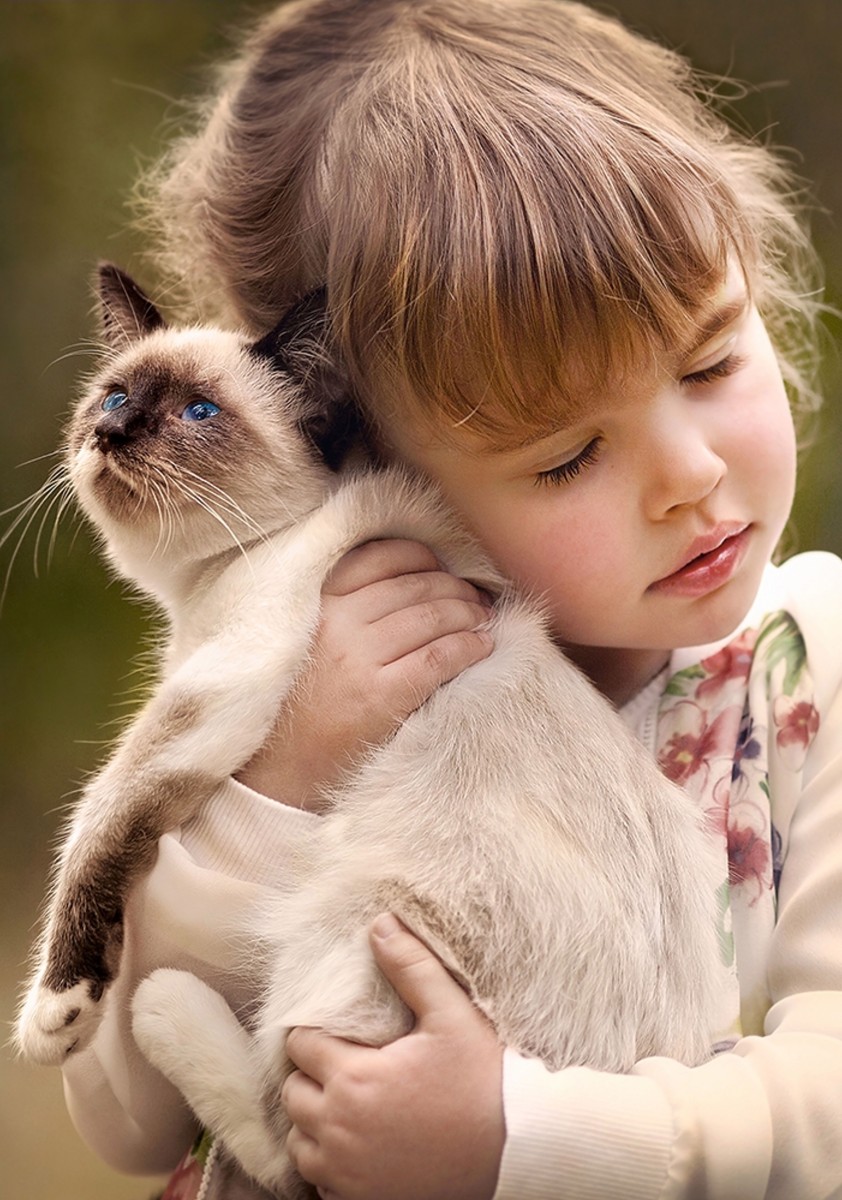Pet and animal
Mastering Dog Training: A Comprehensive Guide

Pet and animal
Amazing Animals: Exploring the Diversity of Island Life

Islands with amazing animals are natural laboratories for evolution, often harboring unique ecosystems and a plethora of fascinating creatures. From tiny islets to vast archipelagos, these isolated land masses are home to a remarkable array of wildlife. In this article, we’ll delve into the world of amazing animals living in islands, showcasing their adaptability, resilience, and sheer wonder.

Image by: Yandex.com
1. Galápagos Giant Tortoise
No discussion of amazing island animals would be complete without mentioning the iconic Galápagos giant tortoise. These gentle giants, endemic to the Galápagos Islands, can live for over a century and weigh up to 900 pounds. Their remarkable longevity and distinct shell shapes make them a symbol of endurance and evolution.
2. Komodo Dragon
The Komodo dragon, native to the Indonesian islands of Komodo, Rinca, Flores, and Gili Motang, is the world’s largest lizard. These formidable predators can grow up to 10 feet in length and possess a venomous bite that aids in subduing their prey. Despite their fearsome reputation, Komodo dragons are fascinating creatures, showcasing the unique adaptations of island-dwelling species.
3. Madagascar’s Lemurs
Madagascar, often dubbed the “Eighth Continent” due to its extraordinary biodiversity, is home to a diverse array of lemurs. These primates, found nowhere else on Earth, range from the tiny mouse lemur to the charismatic ring-tailed lemur. With their unique behaviors and striking appearances, lemurs exemplify the amazing animals that inhabit the world’s islands.
4. Galápagos Marine Iguana
Another marvel of island evolution is the Galápagos marine iguana. These unique reptiles are the only iguanas in the world that forage in the sea, feeding on algae and seaweed along the rocky shores of the Galápagos Islands. Their ability to swim and dive has allowed them to exploit a niche unavailable to other land-dwelling reptiles, underscoring the adaptive prowess of island species.
5. Tasmanian Devil
Found exclusively on the Australian island state of Tasmania, the Tasmanian devil is a carnivorous marsupial known for its ferocious temperament and spine-chilling screeches. Despite facing numerous threats, including the deadly facial tumor disease, these resilient creatures continue to endure in the wild, serving as a symbol of Tasmania’s unique natural heritage.
6. Hawaiian Monk Seal
The Hawaiian monk seal, one of the rarest marine mammals in the world, is endemic to the remote islands and atolls of the Hawaiian archipelago. With a population of fewer than 1,400 individuals, these seals face significant challenges, including habitat loss and human disturbances. Efforts to conserve and protect these remarkable animals are crucial for ensuring their survival in their island home.
7. Galápagos Finch
Renowned for their role in shaping Charles Darwin’s theory of evolution by natural selection, the Galápagos finches are a textbook example of adaptive radiation. These small birds, which inhabit various islands within the Galápagos archipelago, have diversified into distinct species, each with specialized beak shapes suited to their specific dietary preferences. The finches’ remarkable diversity and ecological significance highlight the importance of islands as evolutionary hotspots.
8. Philippine Tarsier
The Philippine tarsier, one of the world’s smallest primates, is native to the islands of Bohol, Leyte, Samar, and Mindanao in the Philippines. With their large eyes, long fingers, and unique vocalizations, these nocturnal creatures are both captivating and enigmatic. Unfortunately, habitat loss and illegal pet trade pose significant threats to the survival of these amazing animals.
9. Galápagos Penguin
The Galápagos penguin, the only penguin species found north of the equator, is endemic to the Galápagos Islands. Adapted to the warm waters of the equatorial Pacific, these pint-sized penguins face challenges such as predation and habitat disturbance. Conservation efforts aimed at protecting their nesting sites and marine foraging grounds are essential for safeguarding their future.
10. Andaman Nicobar Megapode
Found exclusively on the Andaman and Nicobar Islands in the Indian Ocean, the Andaman Nicobar megapode is a fascinating bird known for its unique nesting behavior. Instead of incubating their eggs with body heat, these birds bury their eggs in warm sand or soil, relying on natural geothermal heat or sunlight to hatch them. This remarkable adaptation showcases the ingenuity of island-dwelling species in overcoming environmental challenges.

Image by: Yandex.com
In conclusion, the world’s islands are teeming with amazing animals, each with its own unique adaptations and evolutionary stories. From the Galápagos to Madagascar, these isolated ecosystems offer a glimpse into the wonders of nature and the resilience of life in the face of adversity. Protecting these precious habitats and the incredible creatures that call them home is essential for preserving Earth’s biodiversity for generations to come.
Pet and animal
From Claws to Cuddles: Training Kittens for Affection

Welcoming a new Training Kittens into your home is an exciting experience, but it also comes with the responsibility of nurturing a loving and affectionate bond. Training your kitten for affection is not just about preventing unwanted behaviors; it’s about fostering a strong connection built on trust and understanding. In this guide, we’ll explore effective strategies to transition your feline friend from playful claws to heartwarming cuddles.
Understanding Kitten Behavior
Instinctual Behavior
Kittens are born with innate behaviors that guide their interactions with the world around them. From hunting instincts to territorial marking, understanding these natural tendencies is crucial for effective training.
Socialization Needs
Socialization plays a vital role in shaping a kitten’s personality and behavior. Early exposure to different people, animals, and environments helps kittens develop confidence and adaptability.
Communication Cues
Learning to interpret your kitten’s body language and vocalizations is key to understanding their needs and emotions. From purring to meowing, each sound and gesture carries a distinct message.
Creating a Safe Environment
Providing Essential Resources
Ensure your kitten has access to food, water, litter box, and cozy resting spots. A well-equipped environment promotes feelings of security and contentment.
Ensuring Safety and Comfort
Kittens are curious explorers, so it’s essential to kitten-proof your home by removing potential hazards and providing safe play areas. A stress-free environment encourages positive interactions.
Building Trust and Bonding

Image by: Yandex
Spending Quality Time Together
Dedicate regular, uninterrupted time to bond with your kitten through interactive play, grooming sessions, and cuddle time. Building trust takes patience and consistency.
Positive Reinforcement Techniques
Use treats, praise, and gentle strokes to reward desirable behaviors such as using the litter box or coming when called. Positive reinforcement creates a positive association with affectionate interactions.
Teaching Basic Commands
Name Recognition
Associate your kitten’s name with positive experiences by using it consistently and rewarding them when they respond. Name recognition lays the foundation for effective communication.
Sit, Stay, and Come
Teaching basic commands helps establish boundaries and encourages cooperation. Start with simple commands like “sit” and “stay,” gradually progressing to more advanced skills like recall.
Encouraging Affectionate Behavior
Gentle Handling and Petting
Handle your kitten gently and respectfully, allowing them to initiate physical contact on their terms. Soft strokes and gentle cuddles help foster a sense of security and trust.
Rewarding Cuddles and Purring
Celebrate moments of affection by offering treats or verbal praise. Positive reinforcement strengthens the bond between you and your kitten, making cuddle time even more rewarding.
Addressing Challenges
Dealing with Fear and Anxiety
Create a calm and supportive environment to help your kitten overcome fear and anxiety. Gradual exposure to new experiences and positive reinforcement can help reduce stress levels.
Handling Aggression and Scratching
Redirect undesirable behaviors like biting and scratching by providing appropriate outlets for play and exploration. Use toys and scratching posts to satisfy your kitten’s natural instincts.
Patience and Consistency
Importance of Patience in Training
Training a kitten for affection requires patience and understanding. Avoid punishment and focus on positive reinforcement to encourage desired behaviors.
Consistency in Routines and Expectations
Establish consistent routines for feeding, play, and rest to help your kitten feel secure and confident. Clear expectations promote a harmonious relationship based on mutual trust.
Conclusion
Training your kitten for affection is a rewarding journey that strengthens the bond between you and your furry companion. By understanding their needs, providing a safe environment, and using positive reinforcement techniques, you can nurture a loving and affectionate relationship that lasts a lifetime.
FAQs
What age should I start training my kitten?
-
- It’s best to start training kittens as early as possible, ideally around 7 to 8 weeks of age, when they are most receptive to learning.
How often should I train my kitten?
-
- Training sessions should be kept short and frequent, ranging from 5 to 15 minutes several times a day to maintain engagement and prevent fatigue.
Can older cats be trained?
-
- While it may take more time and patience, older cats can still learn new behaviors through positive reinforcement training techniques.
What if my kitten is not responding to training?
-
- If your kitten is not responding to training, reassess your methods and consider seeking guidance from a professional animal behaviorist or trainer for personalized advice.
Is punishment an effective training method for kittens?
-
- Punishment can have negative effects on kittens and may lead to fear or aggression. Positive reinforcement techniques are generally more effective and promote a trusting relationship between owner and kitten.
Pet and animal
8 Tips and Techniques the Art of Training Kittens
-
Business1 year ago
Cybersecurity Consulting Company SequelNet Provides Critical IT Support Services to Medical Billing Firm, Medical Optimum
-
Business1 year ago
Team Communication Software Transforms Operations at Finance Innovate
-
Business1 year ago
Project Management Tool Transforms Long Island Business
-
Business11 months ago
How Alleviate Poverty Utilized IPPBX’s All-in-One Solution to Transform Lives in New York City
-
health1 year ago
Breast Cancer: The Imperative Role of Mammograms in Screening and Early Detection
-
Sports1 year ago
Unstoppable Collaboration: D.C.’s Citi Open and Silicon Valley Classic Unite to Propel Women’s Tennis to New Heights
-
Art /Entertainment1 year ago
Embracing Renewal: Sizdabedar Celebrations Unite Iranians in New York’s Eisenhower Park
-
Finance1 year ago
The Benefits of Starting a Side Hustle for Financial Freedom




































